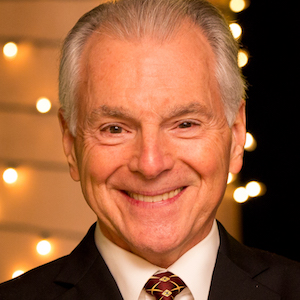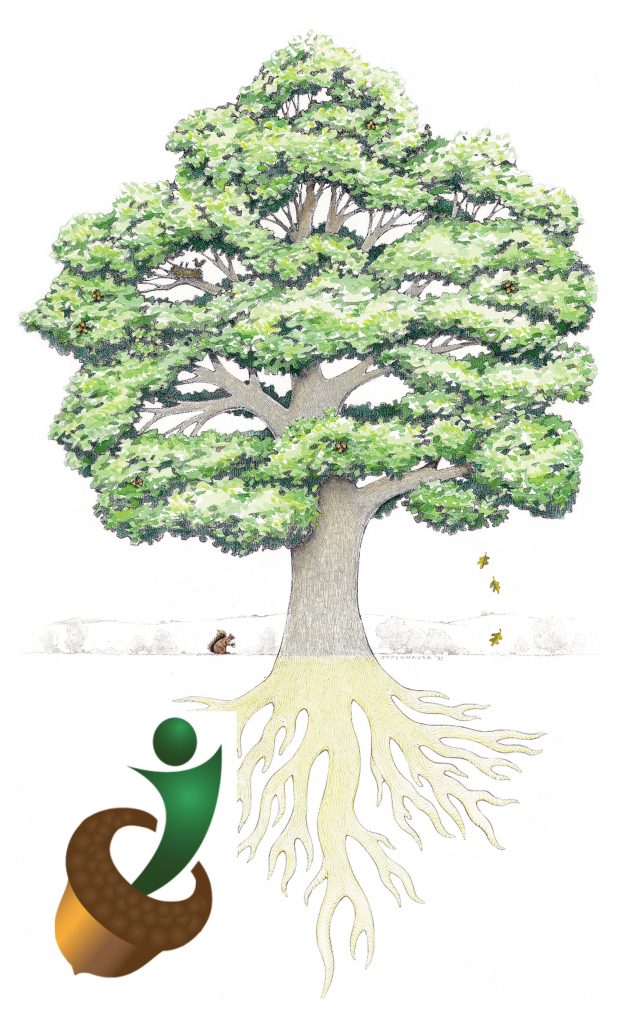By Jim Cathcart
In a speech years ago to the executive team of Wal-Mart at their Bentonville, AR, headquarters – after meeting Sam Walton himself in the hallway – I explored the concept of where power comes from in an organization.
The traditional view has always been that power “comes from the top” and flows downward through the organization. We use organization charts with boxes to indicate the players, with lines to show reporting roles between them.
The boss or owner is always at the top and the hourly workers are at the bottom in a wide row. It’s a pyramid. The problem with this structure is that it isn’t true to life. That is not how good organizations get results.
In truth the only power that really matters is the power of customers. As a company, we are working to find what the customer will value – and design and deliver it in a way they’ll be eager to pay for. We want the customer’s allegiance and enthusiastic loyalty. They give that both through money (revenue) and through support (testimonials, referrals, and feedback).
When I received my orientation to Wal-Mart prior to my speech, I discovered that they operate quite differently from most organizations. No wonder they are one of the world’s most successful! They refer to their coworkers as “associates” instead of employees, superiors, subordinates, or bosses. The store managers don’t have traditional offices because they are expected to spend most of their time walking around and actively engaging with others. They see their stores as outlets designed for the convenience of their customers and they negotiate the lowest possible prices from their suppliers. They were the originators of “greeters” at the front door and many other friend-building innovations in retailing.
Pyramid-shaped org charts don’t describe Wal-Mart. And, in actuality, neither does that structure describe any customer-facing organization. The owner or CEO, in truth, is at the bottom of a pyramid – with all of the weight of the organization on his or her shoulders. The people who touch the customers most are at the top, like the ice cream in a cone. But there’s another element that doesn’t show in this symbol: the resource network – the suppliers and industry colleagues.
A much better symbol, as I told the execs that day, is a tree. Trees have two systems: one seen and one hidden from view. The seen system is made up of the trunk, branches, and leaves reaching toward the sky (opportunity). The unseen system is made up of the root system and taproot reaching down for the resources and nutrients in the soil.
The branches represent the growth system of your organization: sales, marketing, customer service, product development, etc. The roots represent your strength system: suppliers, distributors, research, finance, engineering, quality control, etc.
If the strength system is weak, you might outgrow your ability to deliver or sustain growth; and, if the growth system is weak, you could die from lack of sales. Seeing ourselves in this way within the company gives us a much better sense of our responsibility to each other and to our marketplace. The purpose of selling is to make life better for people at a profit so it also makes life better for us.
Years later I encountered then-president of Wal-Mart, David Glass, at a banking conference where we were both speaking. He told me, “We are still using many of your ideas from that day.” Cool.
 Jim Cathcart, CSP, CPAE is the original author of Relationship Selling and one of the world’s leading professional speakers. Jim is a regular contributor to Selling Power and a certified Peak Performance Mindset Trainer. Contact Jim at Cathcart.com.
Jim Cathcart, CSP, CPAE is the original author of Relationship Selling and one of the world’s leading professional speakers. Jim is a regular contributor to Selling Power and a certified Peak Performance Mindset Trainer. Contact Jim at Cathcart.com.

